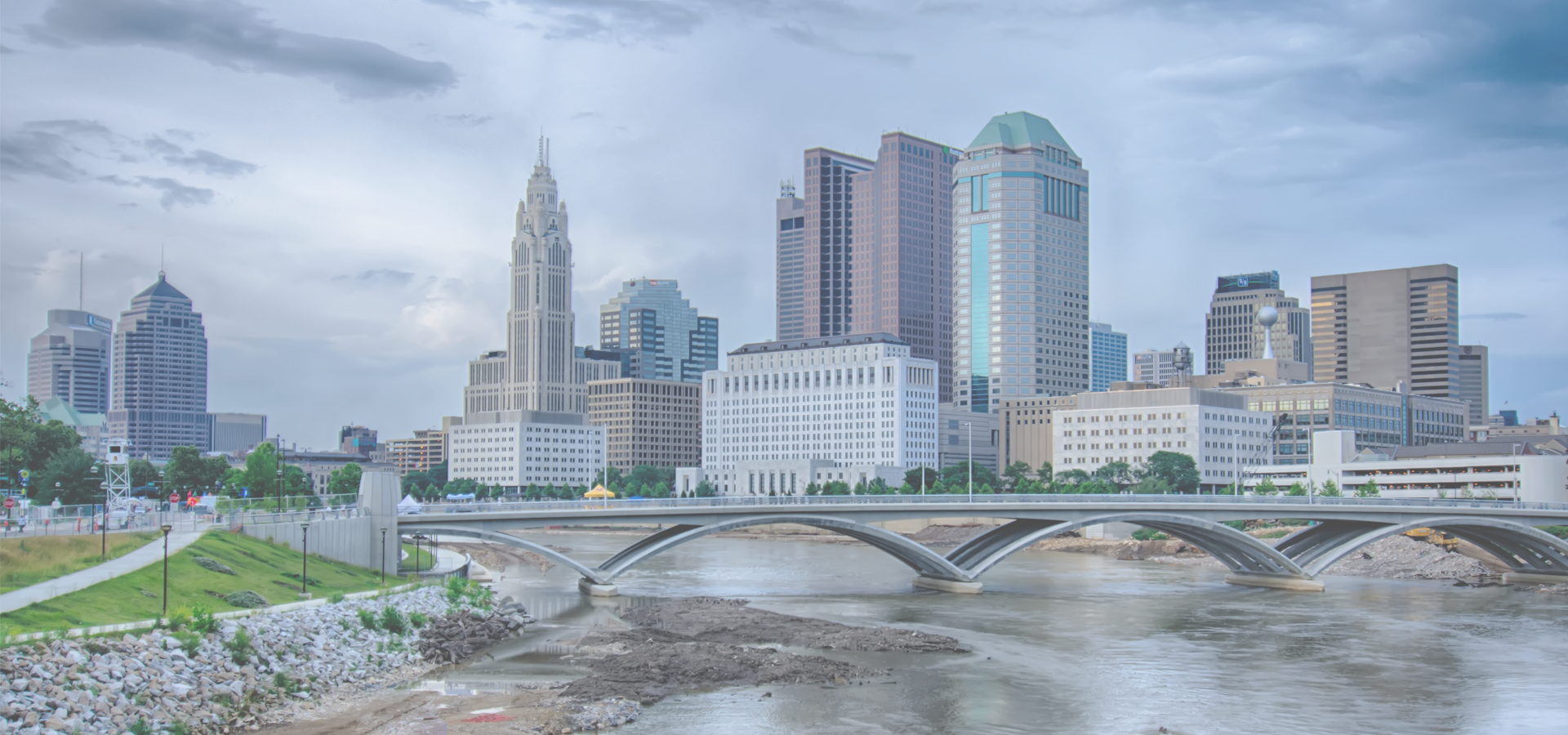Salem, Ohio, United States
🇺🇸 Salem is the largest city in Columbiana County, Ohio, with a small district in southern Mahoning County. It is the principal city of the Salem micropolitan area, which includes all of Columbiana County. It lies about 18 miles (28 km) south-west of Youngstown, 28 miles (45 km) east of Canton, and 60 miles (97 km) south-east of Cleveland.
Founded by the Quaker society in 1806, Salem was notably active in the abolitionist movement of the early- to mid-19th century as a hub for the American Underground Railroad. Through the 20th century, Salem served as one of many industrial towns in Northeast Ohio's Mahoning Valley region. Today, the city is a commuter town and an economic centre of Columbiana County, home to Allegheny Wesleyan College and Kent State University at Salem.
History Salem was founded by a New Jersey clockmaker, Zadok Street, and a Pennsylvanian potter, John Straughan, in 1806. The city was named after Salem, New Jersey, Street’s native community. The name Salem itself is a biblical derivative of Jerusalem in west Asia, which means "city of peace". The city's early settlers included the Religious Society of Friends, also known as Quakers, which the local school district's sports teams honor by referring to themselves collectively as the Salem Quakers. Salem was incorporated in 1830.
Radio DJ Alan Freed was born in Johnstown, Pennsylvania, and grew up in Salem. While working at a radio station in Cleveland, he coined the phrase "Rock & Roll".
Advantageously located between Cleveland and Pittsburgh, Salem thrived on an industrial-based economy. For several decades, Salem's largest corporations included American Standard Brands, Eljer, Mullins Manufacturing, Deming Pump, and Salem China. Today, American Standard, a Fresh Mark, Inc meat production facility, and several tool-and-die manufacturers remain.
Reform efforts Salem was a centre for reform activity in several ways. The Anti-Slavery Bugle, an abolitionist newspaper, was published in Salem beginning in 1845. A local group of the Progressive Friends, an association of Quakers who separated from the main body partly to be freer to work for such causes as abolitionism and women's rights, formed in Salem in 1849. The local school board at that time was composed entirely of abolitionists.
Salem was the site of an annual conference, the Anti-Slavery Fair, whose purpose was to raise money for anti-slavery activities.
In April 1850, Salem hosted the first Women's Rights Convention in Ohio, the third such convention in the United States. (The first was the Seneca Falls Convention of 1848; the second was the Rochester Convention two weeks later.) The Salem Convention was the first of these conventions to be organized on a statewide basis. All the convention officers were women. Men were not allowed to vote, sit on the platform, or speak during the convention. The male spectators were supportive, however, and when the convention was over, they created an organization of their own and endorsed the actions of the women's convention.
Historic districts Two sections of the city are designated National Register historic districts: the South Lincoln Avenue Historic District (designated 1993) and the Salem Downtown Historic District (designated 1995), which includes several of the town's monumental and architecturally distinctive homes and businesses.
Other city properties listed on the National Register of Historic Places include the Burchfield Homestead, home to painter Charles E. Burchfield from ages 5 to 28, the John Street House and Daniel Howell Hise House, both Underground Railroad stations, and the First United Methodist Church.
Geography The following highways pass through Salem: • U.S. Route 62 • State Route 9 • State Route 14 • State Route 173 • State Route 344.
According to the United States Census Bureau, the city has an area of 6.43 square miles (16.65 km²), all land. Salem is the largest incorporated place by area in Columbiana County.
The city of Salem is mostly surrounded by Perry Township. As with other Ohio townships, Perry Township has been subject to annexation in recent years. Residents of land annexed to the city of Salem enjoy all benefits other city residents enjoy, and by Ohio law are now residents of the city. Several acres of Salem Township and Green Township were annexed into the city limits in 2000 and 2001. Other actions to spur economic development undertaken around the same time annexed specific land: in 1999, 82.24 acres (332,800 m²) of Salem Township were granted police and fire protection, snow removal service, and other standard services already provided by the city by ordinance passed by the city government.
Economy According to the Sustainable Opportunity Development Center in Salem, the top employers in the city include: Ventra Salem; Fresh Mark, Inc.; Salem Regional Medical Center; Walmart; Butech Bliss; American Standard Brands; Salem City School District; Hickey Metal Fabrication; MAC Manufacturing.
Education Allegheny Wesleyan College is a private, four-year liberal arts college in Salem that grants bachelor's and associate's degrees in ministry and theology-related disciplines.
Kent State University operates a satellite campus, Kent State University at Salem, with one building in the city proper and another just outside the city limits in Salem Township. The campus grants associate's degrees and bachelor's degrees, and also offers introductory programs that can be completed at the main campus.
America/New_York/Ohio

Salem has a population of over 11,915 people. Salem also forms the centre of the wider Columbiana County which has a population of over 101,877 people.
To set up a UBI Lab for Salem see: https://www.ubilabnetwork.org Twitter: https://twitter.com/UBILabNetwork
See Also: 🇩🇪 Salem, Baden-Württemberg, Germany | 🇺🇸 Salem, Connecticut, United States | 🇺🇸 Salem, Kentucky, United States | 🇺🇸 Salem, Massachusetts, United States | 🇺🇸 Salem, New Hampshire, United States | 🇺🇸 Salem, New Jersey, United States | 🇺🇸 Salem, Oregon, United States | 🇺🇸 Salem, South Carolina, United States | 🇮🇳 Salem, Tamil Nādu, India | 🇺🇸 Salem, Virginia, United States